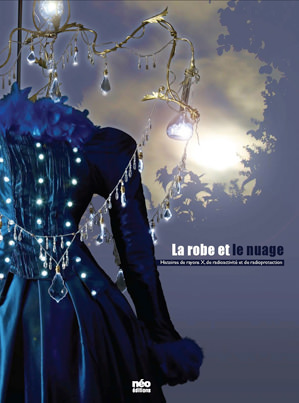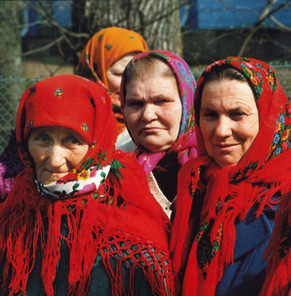Dernières publications
The ICRP Dialogue initiative on the rehabilitation of living conditions after the Fukushima nuclear accident
- Détails
- Catégorie : Communications
- Publication : jeudi 28 septembre 2017 09:11
Thierry SCHNEIDER (CEPN), Jacques LOCHARD (ICRP), Christopher CLEMENT (ICRP)
4th International Conference on Radioecology & Environmental Radioactive, ICRER 2017, Berlin, 3-8 September 2017.
Summary
Introduction
In its recommendations for the protection of people living in long term contaminated areas, the International Commission on Radiological Protection (ICRP) emphasizes the importance of directly involving the affected population and local professionals in the rehabilitation of living conditions. Authorities and experts creating conditions and providing means for empowerment of the population is key to this involvement. In this context ICRP, together with Radiation Safety Forum Japan, began the ICRP Fukushima Dialogue Initiative in November 2011 to transfer experience from communities affected by Chernobyl, facilitate discussions between stakeholders, and deeply understand the challenges in order to improve future ICRP recommendations.
Materials and methods
This initiative has brought together: local residents and professionals; representatives of villages, towns, the prefecture, national agencies, NGOs, and other Japanese organisations; representatives of Belarusian, Norwegian, and French organisations with direct experience in managing long-term consequences of the Chernobyl accident; and, representatives of international agencies. Together, they find ways to respond to the challenges of the long-term rehabilitation of living conditions in areas affected by the Fukushima Daiichi nuclear power plant accident.
Results
The Dialogue confirmed the human dimensions that had been found after Chernobyl: the loss of control over everyday life, the apprehension about the future, particularly that of children, the disintegration of family life and of the social and economic fabric and, the threat on the autonomy and dignity of the affected people. However, through their testimonies and reflections the Dialogue participants have shed light on this complexity and brought words to better describe it. They gradually develop a rich narrative about their experiences.
The Dialogue re-emphasized the crucial role of measurements to engage stakeholders and pointed out the need: to characterize as soon as possible the initial situation; to follow the evolution of the radiological situation and to adapt the protection strategy accordingly; and, to ensure vigilance in the long term.
It confirmed the importance of places of dialogue between experts and the affected population to develop practical radiological protection culture. It also showed that once people have accessed to the practical radiological protection culture they use dose criteria as benchmarks to make their own decisions (self-help protection actions).
Like in Belarus the Dialogue revealed the difficulty in the recovery phase to establish mechanisms to favour cooperation between all concerned stakeholders: authorities, experts, professionals and the population at the local, regional and national levels. It also confirmed that the protection of children, which is a shared concern of families in Belarus as in Japan is not without drawbacks: restrictions on outside activities, body gain weight, disruption of schooling… Finally the Dialogue lighted the key role of the transmission of past experience (Chernobyl) and the solidarity of outsiders.
Conclusion
The objective of the presentation is to share the experiences and main lessons of the 16 dialogue meetings held between November 2011 and March 2017 at various locations in the Fukushima Prefecture.
(A1293)

 Le Centre d’étude sur l’Évaluation de la Protection dans le domaine Nucléaire (CEPN) est une association à but non lucratif, fondée en 1976, pour évaluer la protection de l’Homme contre les dangers des rayonnements ionisants, sous ses aspects techniques, sanitaires, économiques et sociaux.
Le Centre d’étude sur l’Évaluation de la Protection dans le domaine Nucléaire (CEPN) est une association à but non lucratif, fondée en 1976, pour évaluer la protection de l’Homme contre les dangers des rayonnements ionisants, sous ses aspects techniques, sanitaires, économiques et sociaux.
